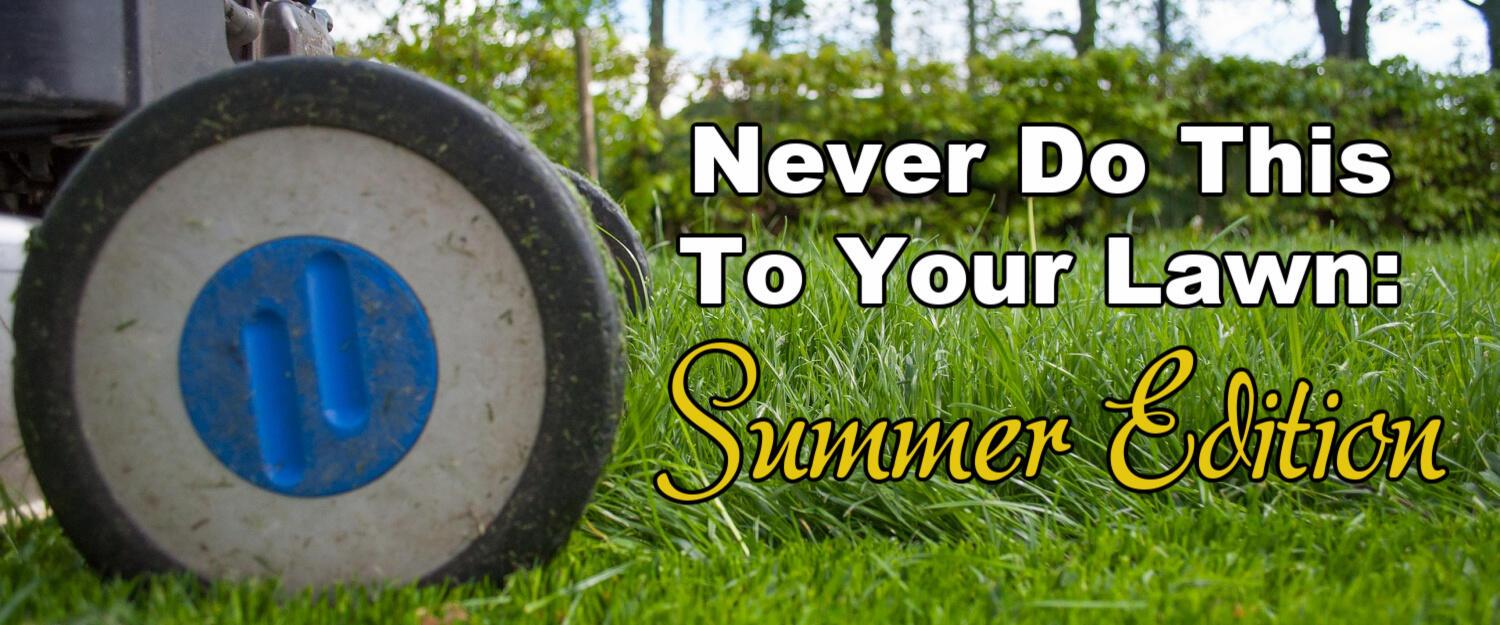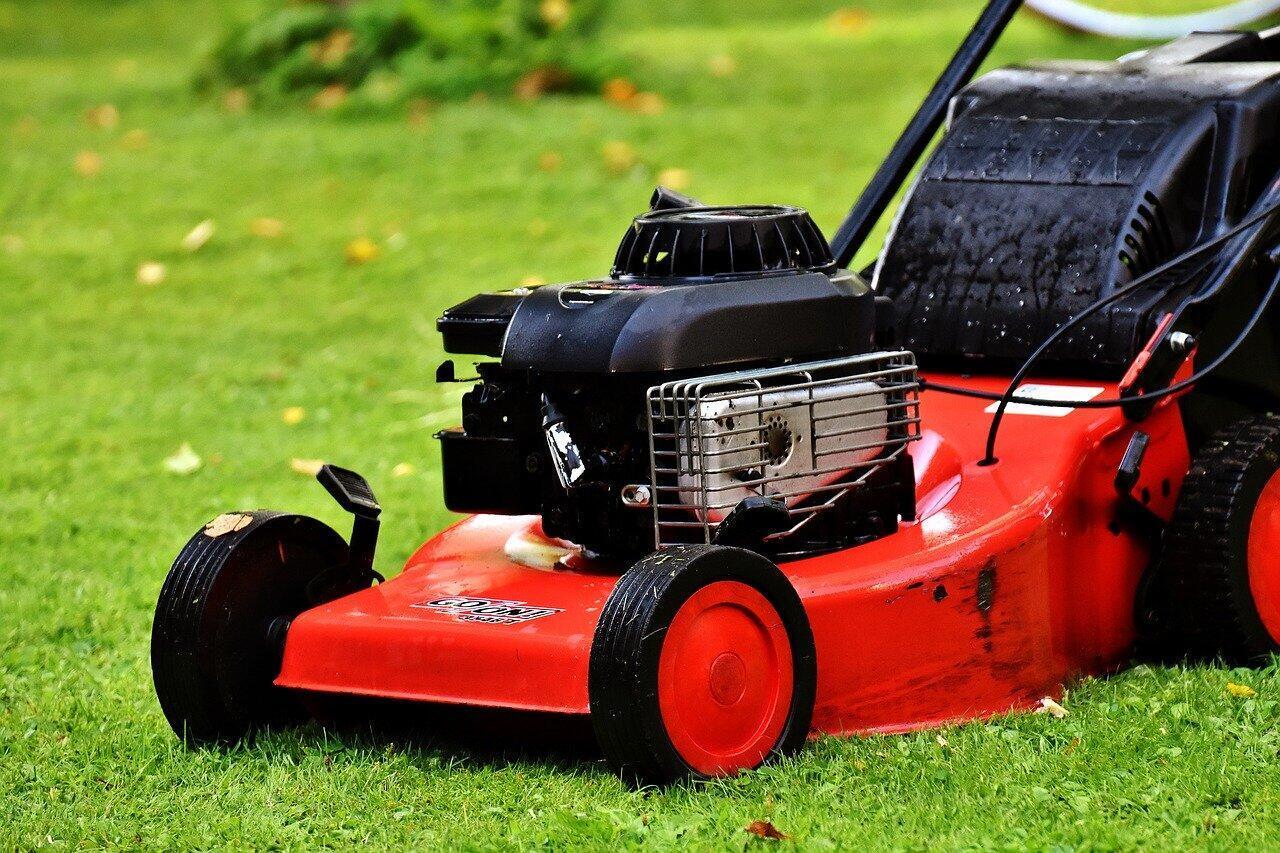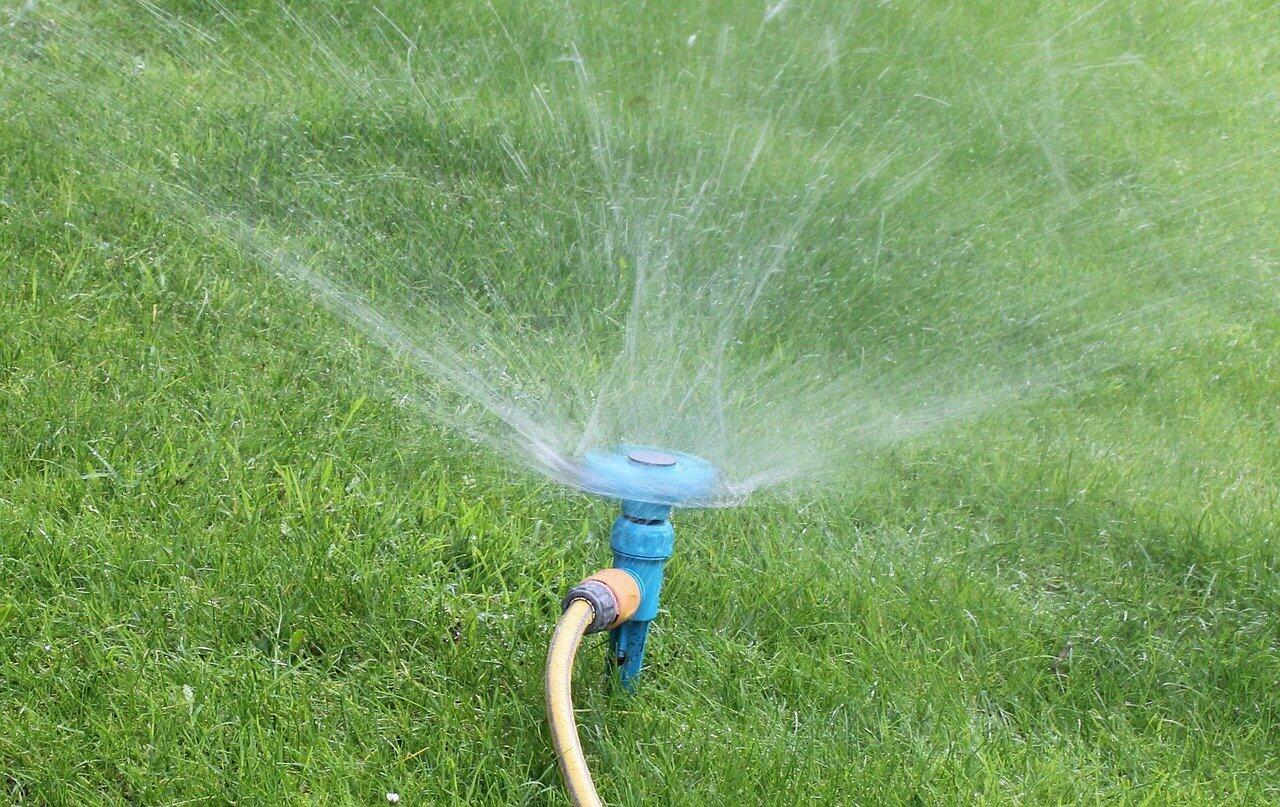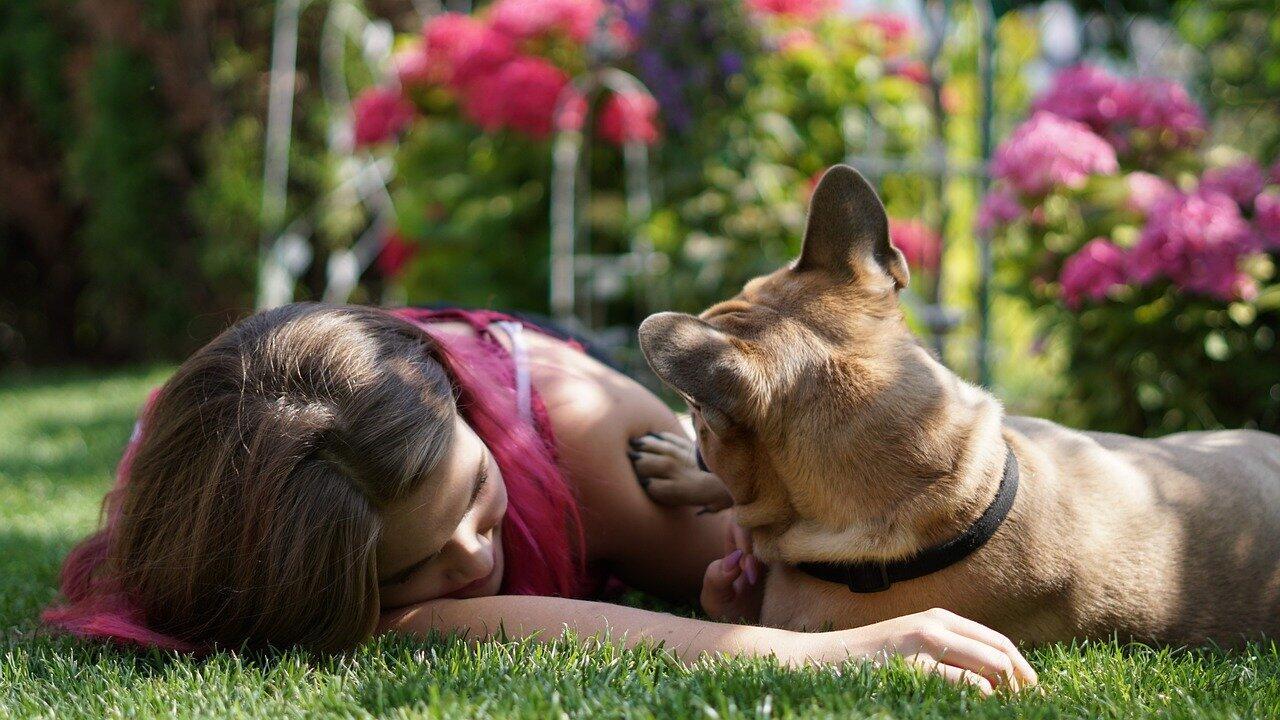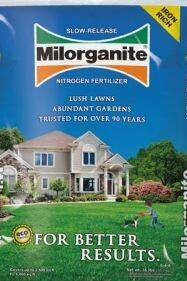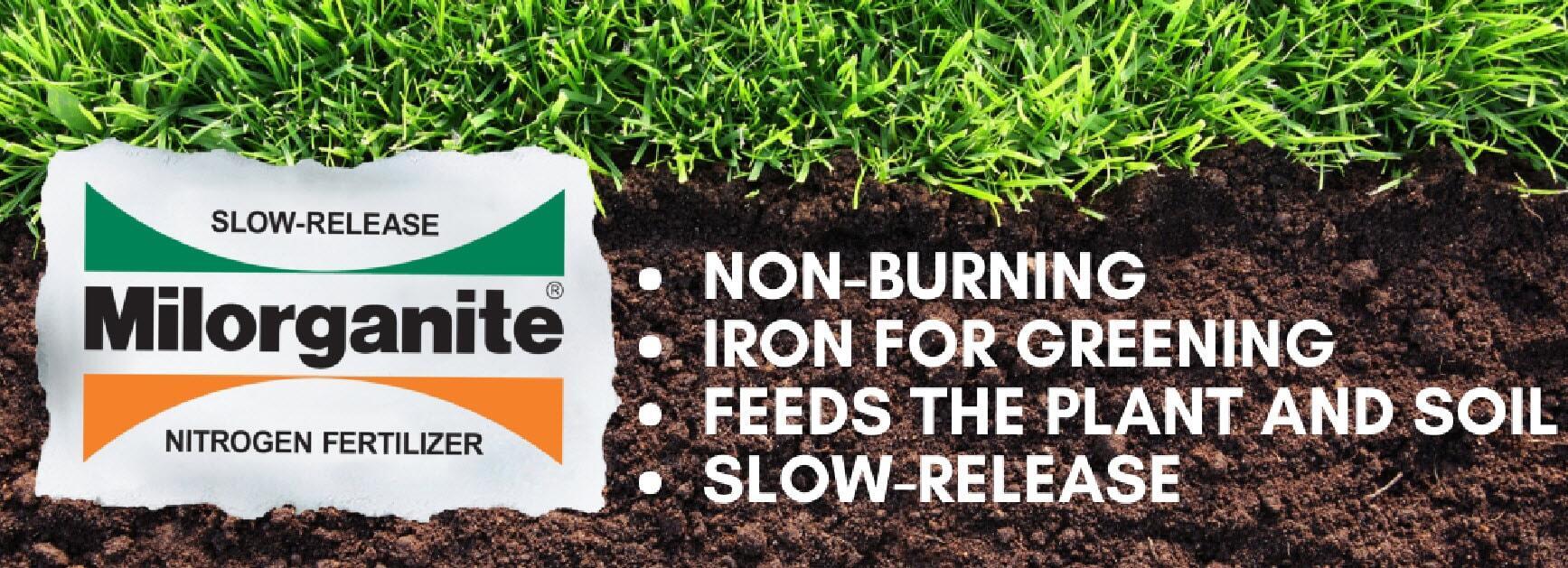The summer heat is here and it’s the season for your lawn to flourish. There’s plenty to do in your yard and garden this summer, but there are also things that you shouldn’t do and may even be detrimental. Although you may have been tempted, or even have done them in the past…don’t do it!
Don’t mow with dull blades.
Mowing with dull blades makes your lawn more susceptible to diseases and pests. Sharp blades cut grass cleanly, allowing them to recover more quickly. Sharp blades also improve your mower’s efficiency by using less fuel.
Don’t mow during the hottest times of the day.
Noon time is NOT the time to cut your lawn. It’s way too hot for your lawn and most likely for you, too. The extreme heat exposes the newly cut grass to even more stress. Mow your lawn late-afternoon or early-evening when the sun and heat are not at its peak.
Don’t scalp your lawn.
Cutting your grass too short is always bad for your lawn, especially in dry conditions and causes heat stress. It also exposes the soil for weed seeds to establish and means shorter root systems, which reduce the vigor of your lawn. During hot months, it’s best to adjust your mower’s height to 3″.
Don’t remove grass clippings.
Leaving grass clippings in place has several benefits. It provides nutrients to the soil and can reduce the amount of fertilizer used every year up to about 25%. Clippings also help to retain moisture and keep roots cooler.
Don’t water during the hottest part of the day.
Just like mowing, don’t water during the hottest part of the day when most of the water will just evaporate. Don’t water in the evening either. A wet lawn is more susceptible to diseases. Water as early in the morning as possible, which allows the lawn to dry out. Lawns generally require 1″ of water per week.
Don’t over-water drought-stricken lawns.
Extended, excessive dry, hot weather can cause lawns to go into a drought-induced dormancy, turning it brown and dry. Dormancy is turf’s natural coping mechanism. A healthy lawn can tolerate drought conditions for about 3-4 weeks. Allowing it to stay dormant is healthier than watering occasionally and then stopping.
If drought conditions continue much longer or if the lawn id beginning to show an almost grayish-purple color, an indication that is’s beginning to die, it’s time to take action. Your lawn will need to be re-hydrated to keep it alive.
Don’t apply herbicides when it’s too hot.
There are two reasons to not apply herbicides during hot or drought-like conditions: it might burn your lawn and it’s not as effective. Herbicides are temperature-sensitive and should only be applied during weather conditions recommended by the manufacturer, which often includes temperatures under 85°. If applied during hotter conditions, it may burn your lawn.
Herbicides can often be less effective in drought conditions. Weeds are growing more slowly and have their own defense against drought. The herbicide may not be as readily taken-up as it would during average summer weather. To be safe, wait until after the excessive hear or drought is over to apply an herbicide. Don’t forget to read the manufacturer labels for proper application instructions.
Don’t fertilize to solve unknown lawn issues.
Don’t start dumping more fertilizers or chemicals on your lawn if it’s showing signs of stress or disease. Don’t assume something is wrong. It could just be the weather!
To maintain a healthy lawn, take a step back, do a little detective work and then decide on the best solution. Here are a few things to consider:
Is the lawn going dormant?
Is it yellowing because of excessive rain?
Is it a disease?
Is it a pest?
When it’s time to fertilize.
Use a natural, slow-release fertilizer like Milorganite. It’s safe to apply, even during drought conditions. The salts in chemical-based, synthetic fertilizers can dry out leaf blades and turn your lawn brown. Milorganite won’t burn your lawn and will start releasing nutrients only when conditions are right, which includes having enough moisture.

